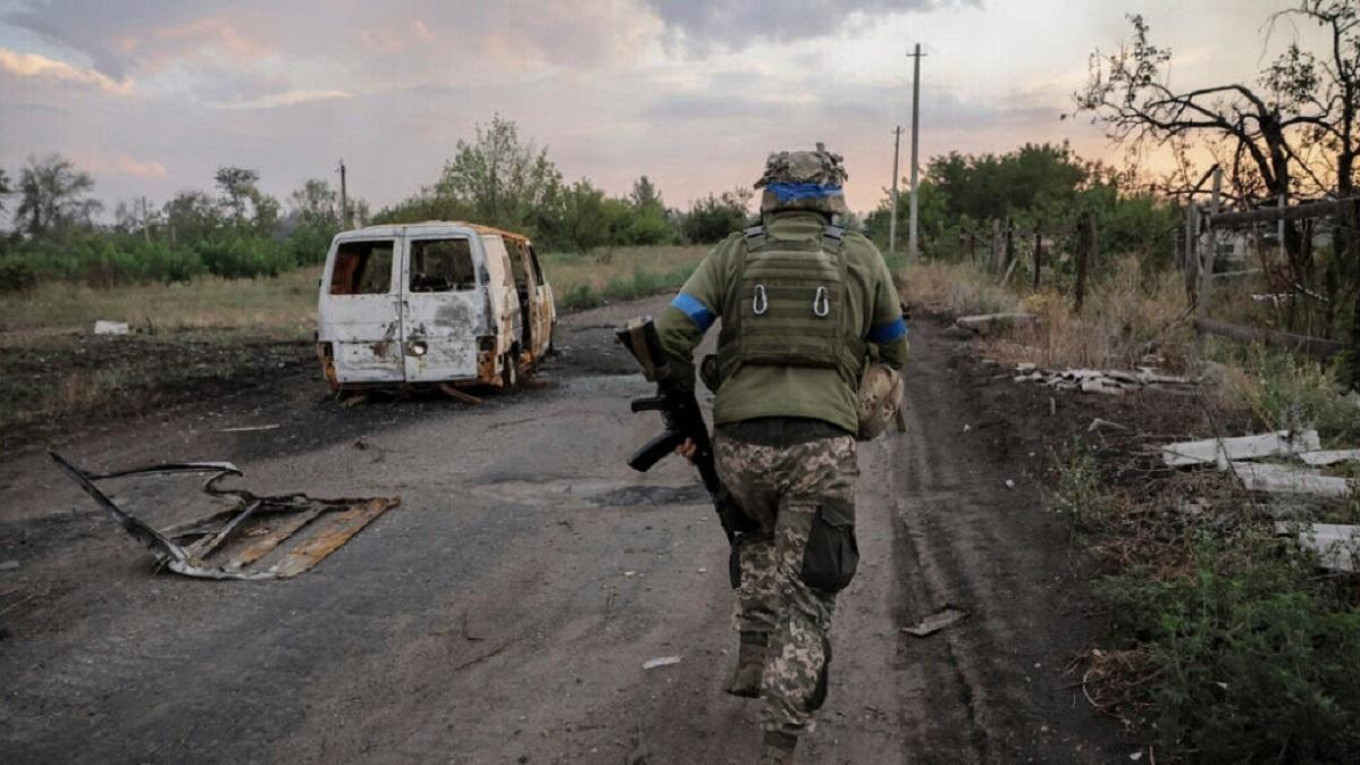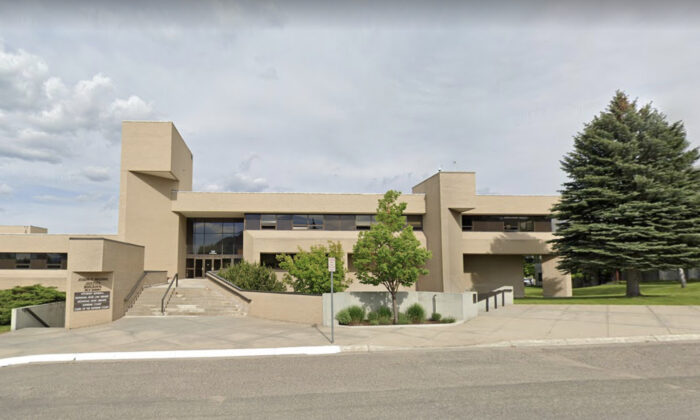
Moreover, the Kremlin has once again demonstrated its inability to respond to a serious crisis quickly. Three weeks have already passed since the Kursk incursion began. The territory occupied by Ukrainian forces is expanding, but the Russian army is carrying out the same task: fulfilling the Kremlin's desire to seize more territory in the Donbas.
Other people's lands are de facto more important than the safety and suffering of their own population: combat-ready Russian troops are concentrated on the Donetsk front, and the Kremlin is demonstratively not going to use them to drive Ukrainian forces out of Russia. If we translate this into the Russian propaganda discourse, then the abstract “Russians of Donbas” are more important to Putin than the very real Russians of the Kursk region. You can also see Putin's indifference to his citizens and, at the same time, his irresistible urge to meddle in other people's affairs by looking at what he’s done since the start of the Kursk operation.

He to Azerbaijan to see Ilham Aliyev, toured the North Caucasus, tearfully the Chechens (“If you participate, you have already won” would be a great slogan for the TikTok warriors) and Palestinian President Mahmoud Abbas. Putin's to Beslan offered the only indirect reaction to the fact that the Kursk region is increasingly under Ukrainian control: though the anniversary of the terrible terrorist attack was still three weeks away, the Kremlin decided to link those tragic events to the “counter-terrorism regime” in the Kursk region. One of the crises that Russian society is already facing — and this crisis will flare up again in the fall! — is the creation of between 100,000 and 200,000 internally displaced people.
In the Russian media, they are ignorantly called “refugees.” We saw the same confusion with terminology in Ukraine at the very beginning of the Russo-Ukrainian war in 2014. One could argue, based on the Ukrainian experience: “It’s okay, you will figure out how to correctly refer to them, there will be enough time for that.
” In the short term, displaced Russians will not be able to return to their homes, both because of the fighting and because of the destruction — not just by Ukrainian forces — that the war is inflicting on their property. The Kremlin is already feeling social pressure, albeit moderate, and obviously does not know what to do with people who have had to leave their homes and livelihoods. The surprisingly ill-conceived to resettle Kursk evacuees in the occupied part of Ukraine’s Zaporizhzhia region confirms this further.
The countdown for the plateau of stability for Putin's regime started from the moment of Prigozhin’s plane crash and the failed Ukrainian counteroffensive of summer 2023. The calculation was to control the overall pace of combat operations: Russia’s army was pressing and suffering losses, but in the Donbas. Pure calculation and nothing more: captured territories are exchanged for the lives of soldiers, which, in turn, are bought with petrodollars — in the form of payments for signing a contract.
In the Kremlin's scheme, Ukraine was supposed to defend itself and slowly cede territory. An essential condition for maintaining this plateau politically was the absence of a new mobilization wave and major operational failures by the Russian military. The events in Kursk have shown everyone — the Kremlin most of all — that its chosen strategy of replenishing the Russian army through predominantly financial incentives does not allow it to build up sufficient strategic reserves or a manpower advantage over the Ukrainian military.
Multilevel recruiting — through , pardoning criminals, forcing conscripts to sign contracts, granting Russian citizenship to foreign citizens — is only enough to replenish heavy daily losses (“ ”) and maintain the army's current numbers. The current efforts will not be enough. They have already not been enough for the new front in the Kursk region: it must be closed, either at the expense of other sections of the front or by switching to defensive actions and handing the initiative to the Ukrainian Armed Forces, or by forced mobilization, like we saw in the fall of 2022.
Added to this is the politically precarious role of conscript soldiers in combat operations. Under Russian law, they can be sent into combat after four months, but the inevitable losses among them will lead to serious negative consequences even among loyal Russians. Conscripts are predominantly 18-20-year-olds, and their deaths will have a strong resonance even in a subjectless Russian society.
At the same time, they will confirm that the Russian army has degraded to the point where it cannot fight a full-fledged war with professional soldiers..














